Wireless Power Transfer on Road for Electric Vehicles
₹14,000.00 Original price was: ₹14,000.00.₹12,500.00Current price is: ₹12,500.00.
This project system wireless energy transfer on roads to support electric vehicles. The IR sensor detects the vehicle on road, triggering the relay to activate the power transmission process. The copper coil wireless energy transfer on road generates an alternating magnetic field when an EV passes over it.
- Description
- Customizations
- Reviews (0)
Description
Introduction
The idea of wireless power transfer (WPT) was first introduced at the end of the 19th century by Nicola Tesla. Wireless Power Transfer (WPT) technology can transfer electrical energy from a transmitter to a receiver wirelessly. Due to its many advantages, WPT technology is a more adequate and suitable solution for many industrial applications compared to the power transfer by wires. Using WPT technology will reduce the annoyance of wires, improve the power transfer mechanisms. Recently, the WPT gain enormous attention to charging the on-board batteries of the Electric Vehicle (EV). Several well-known car manufacturing companies start efforts to adopt WPT technology and enhance its features. Therefore, WPT can be achieved through the affordable inductive coupling between two coils named a transmitter and a receiver coil. In EV charging applications, transmitter coils are located underneath the road, and receiver coils are installed in the EV. The inductive WPT of resonant type is generally applied to medium-high power transfer applications like EV charging because it achieves better energy efficiency. In this chapter, various WPT technologies are discussed and tested in EV wireless charging applications. Furthermore, extensive information is given to developing an advanced WPT technology that can transfer maximum power by achieving maximum efficiency.
Objectives
- To detect vehicle presence on road segments using IR sensors for activating power transfer only when needed.
- To control power flow through relays based on sensor input, ensuring energy is supplied to specific transmitting coils beneath the vehicle.
- To transfer energy wirelessly from transmitting coils to a receiver coil on the vehicle using inductive coupling while the vehicle is in motion.
- To store and utilize the received power in the onboard battery to drive DC motors, enabling continuous movement of the electric vehicle.
Block Diagram
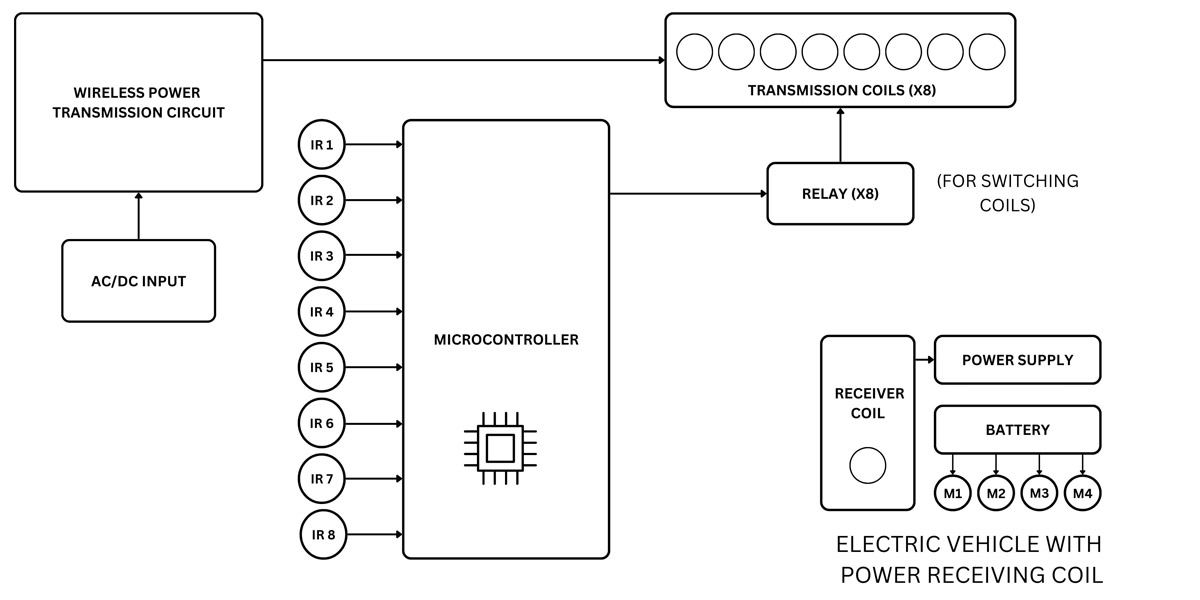
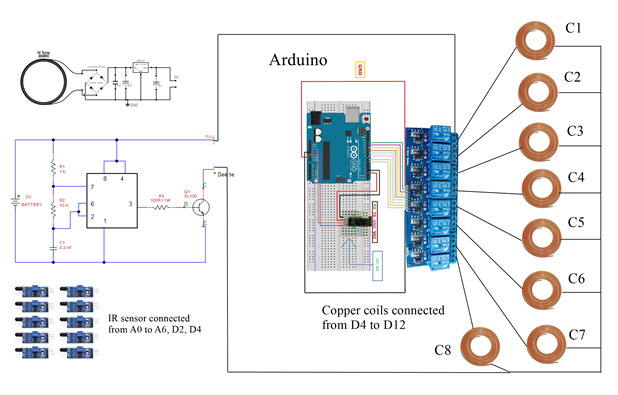
Block Diagram of Wireless Power Transfer on Road for Electric Vehicles
Hardware Components
- ARDUINO (MICRO CONTROLLER)
- IR SENSOR (8X)
- RELAY (8X)
- POWER GENERATION CIRCUIT
- TRANSMITTING COILS (x8)
- RECEIVER COIL (ON VEHICLE)
- BATTERY
- DC MOTOR (x4)
- POWER SUPPLY
- WHEELS x4 / CHASSIS
- 12V, 2A DC POWER SUPPLY
- JUMPER WIRES
- SWITCH
- VOLTMETER
Software Used
- ARDUINO IDE
- EMBEDDED C
Methodology
Multiple infrared sensors and transmitting coils embedded along a road simulation make up the system. Each infrared sensor senses the presence of the vehicle above it as the electric vehicle advances and signals the Arduino microcontroller. The Arduino turns on the matching relay that is attached to that sensor based on this input. The relay powers the transmitting coil that is located underneath the car and serves as an electronic switch. By ensuring that only the particular coil beneath the car is ever energized, this configuration lowers power waste and increases energy efficiency. Through inductive coupling, the energized coil wirelessly transmits energy to a receiver coil positioned beneath the car. A battery inside the car is charged using the rectified power that was received, which then powers the DC motors attached to the wheels. In order to show the charging voltage in real time and give a clear indication that power is being successfully transferred and stored, a voltmeter is also connected across the battery terminals. A continuous wireless charging system is created as the car advances by repeating the procedure with the subsequent set of sensors, relays, and coils. This dynamic charging technique lays the groundwork for smart highways and future electric vehicle infrastructure while illuminating the operation of an automated road-based energy transfer system.
Keywords
wireless power transfer for electric vehicle project, EV charging on the go, inductive charging for vehicles, Arduino wireless power transfer, WPT system project, dynamic charging system, road-based wireless EV charger, wireless energy transfer prototype, wireless EV charger DIY, Arduino EV charging system, electric vehicle charging while moving, inductive coil charging project, WPT Arduino project, engineering project wireless EV charging, sell electric vehicle charging kit, buy wireless EV charging model online, embedded EV charging solution, Arduino relay IR sensor project.
Hi, guys if you want customizations in our projects you can contact us on WhatsApp us
Some Customization suggestions: Like IOT, Solar, Ml integration, Additional sensors, GPS GSM etc.



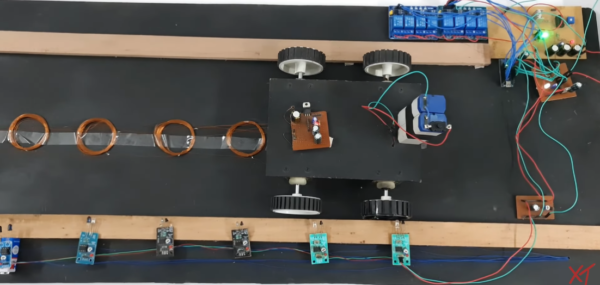
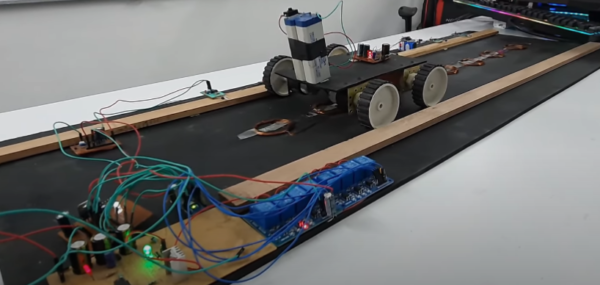
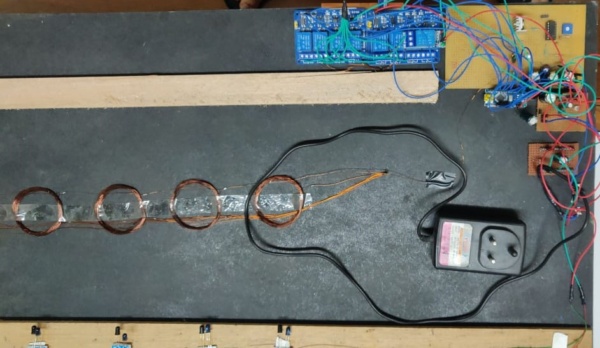
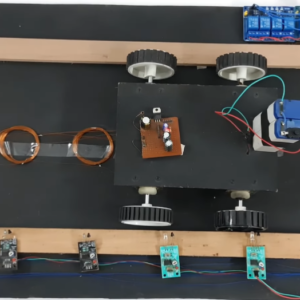
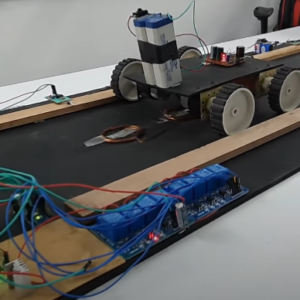

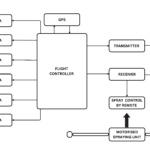
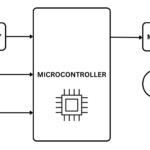
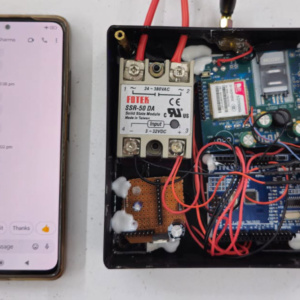
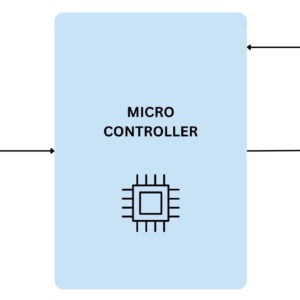
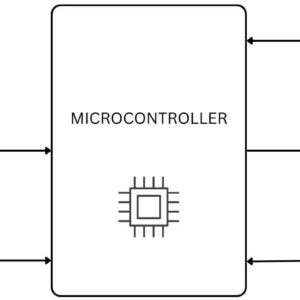
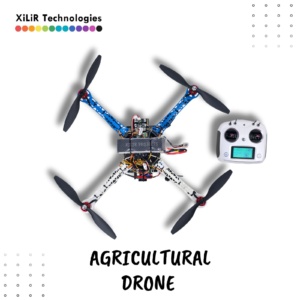
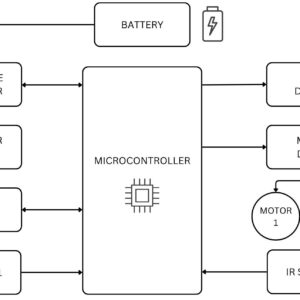
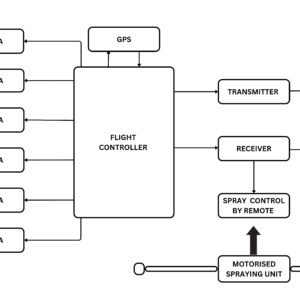
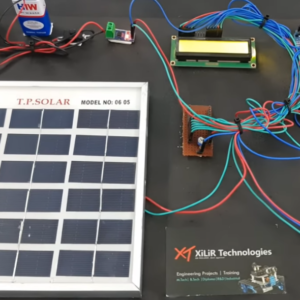
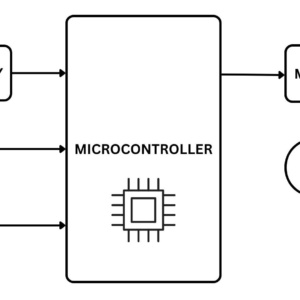











Reviews
There are no reviews yet.